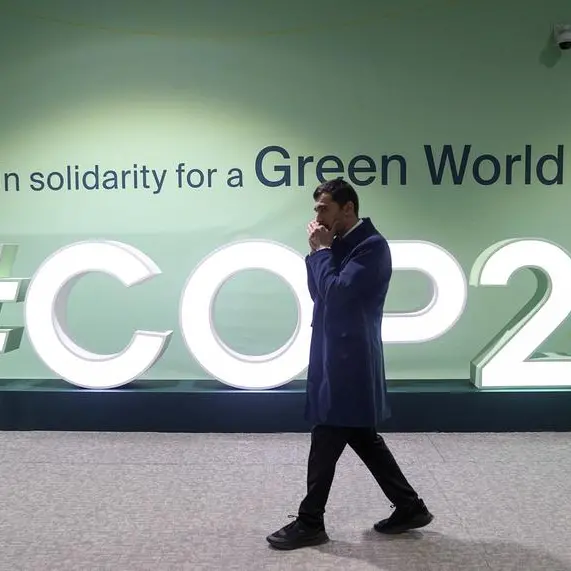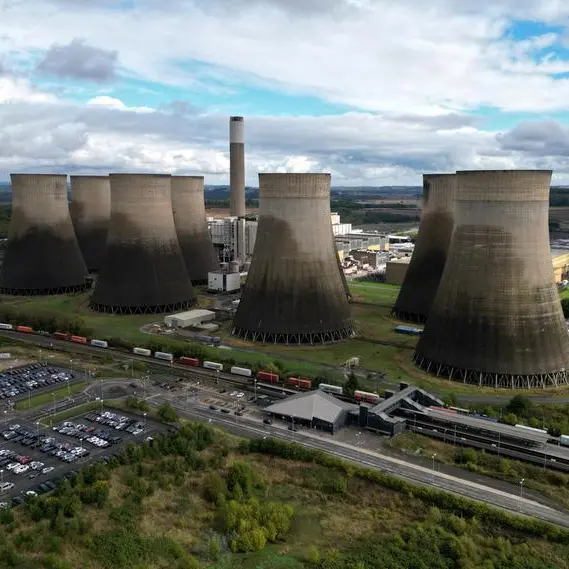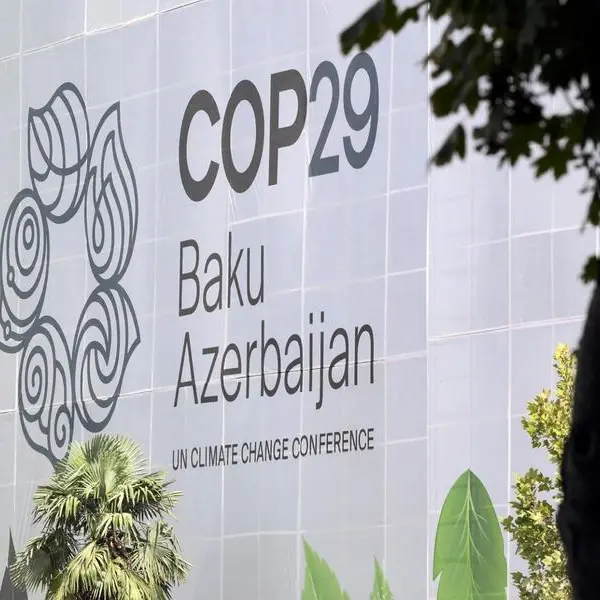PHOTO
BRUSSELS – Europe needs smart investments to strengthen disaster resilience, adaptation and finance response to disaster and climate risks, say new reports on the Economics for Disaster Prevention and Preparedness, released by the World Bank and the European Commission.
Europe is warming faster than any other continent and is highly vulnerable to the increasing risks associated with climate change. Over past decades, Europe has seen overwhelming – and increasing - losses and destruction from climate-related disasters. 2023 was the hottest year on record with disasters across Europe costing more than €77 billion. Projected costs of inaction in a high warming scenario could reach 7 percent of EU GDP.
“Disasters are devasting for everyone, but can disproportionately impact Europe’s most vulnerable communities, increasing poverty and inequality,” said Sameh Wahba, Director, World Bank. “Without adequate systems, these events can erode development gains. There is still time for European countries to take actions that will protect people’s lives, infrastructure, and public finances from disaster and climate change impacts, though there is a narrowing window of opportunity to take action.”
The reports note that while countries in Europe are taking major steps to enhance resilience, more needs to be done. An EU-wide analysis shows that many critical sectors, including those that provide emergency response services, are exposed to multiple natural hazards. For example, the study finds that in half of EU Member States, there are fire stations located in areas with high levels of more than one hazard including wildfires, landslides, floods, and earthquakes. Moreover, in several EU Member States, more than 80 percent of roads are highly susceptible to landslides, potentially leading to significant delays in reaching areas requiring aid.
“Investments in prevention and preparedness are urgently needed at all levels, starting with critical sectors that provide emergency response services," said Hanna Jahns, Director, European Commission Humanitarian Aid & Civil Protection. “The needs are significant and the pressure on the EU and government budgets is high. Going forward we need to invest in a smart way, prioritizing the investments with the highest resilience “ dividends.”
Scaling up investments for countries to adapt to the impacts of climate change requires more and better information on costs, now and in the future. Countries can develop climate “adaptation pathways,” decision-making approaches that allow them to prepare and take actions in times of uncertainty and combine current and future climate risk data to better inform climate change strategies. The report shares new evidence on best practices and cost estimates at national and EU levels so decision-makers can plan and budget much more effectively. For countries across Europe, the study finds that the estimated cost of climate adaptation varies between €34 to €110 per person per year. In the EU specifically, climate change adaptation costs up to the 2030s could be between €15 billion to €64 billion annually – suggesting a necessary scale of adaptation finance between 0.1 and 0.4 percent of EU GDP.
“There is a significant gap in adaptation financing in Europe,” said Elina Bardram, Director, Directorate-General for Climate Action. “Closing it requires a major scale-up of public, private, and blended finance. Investment planning and financial strategies are not yet adequately informed by an understanding of the costs of climate change adaptation at national and EU levels. This needs to change.”























